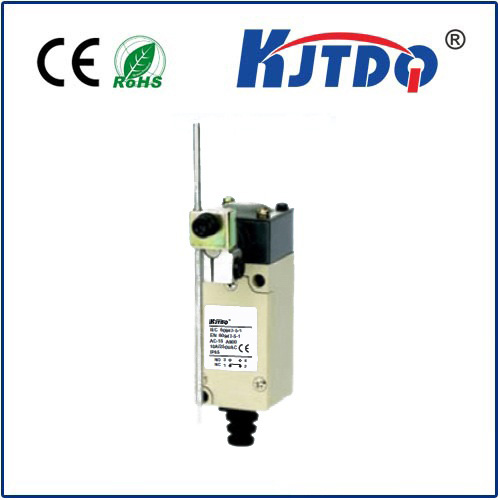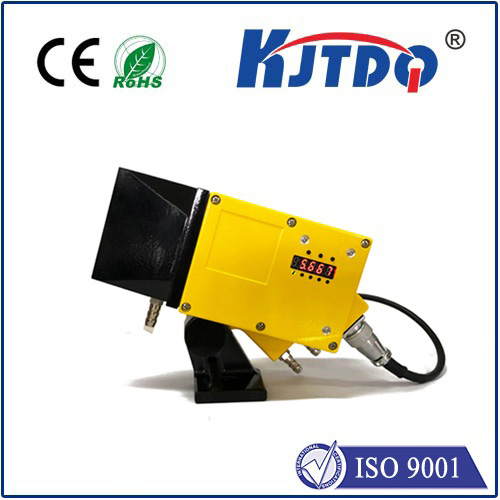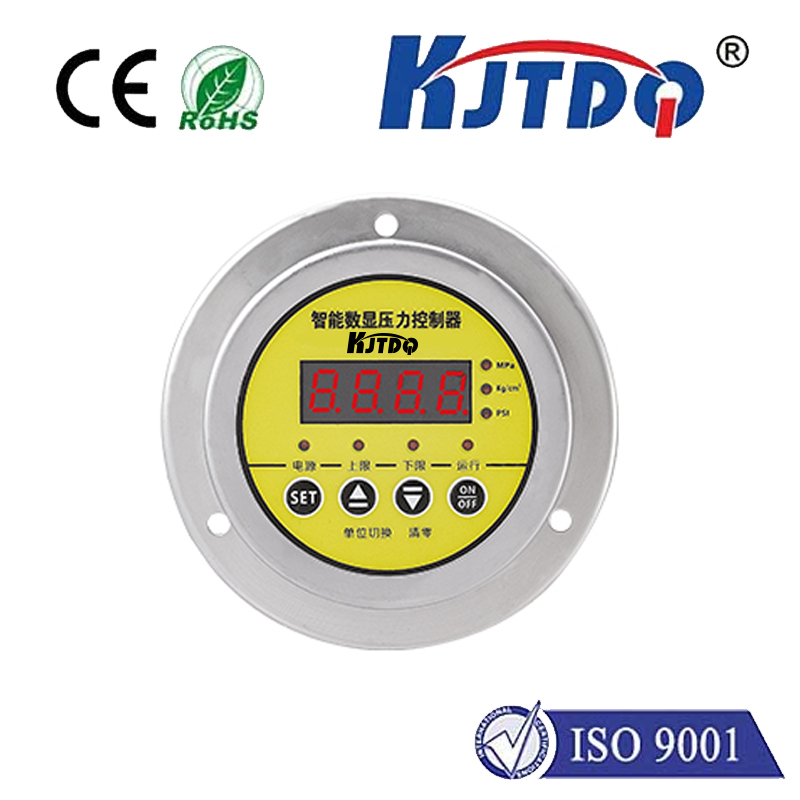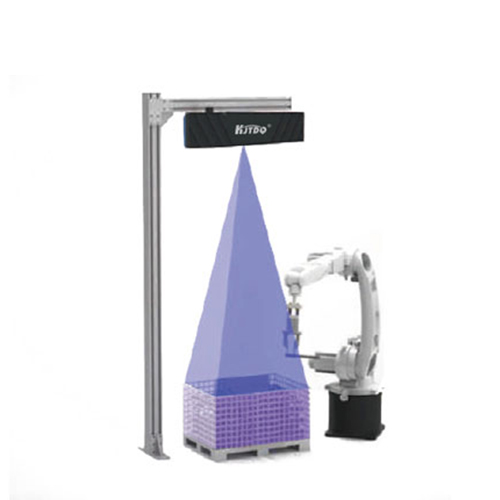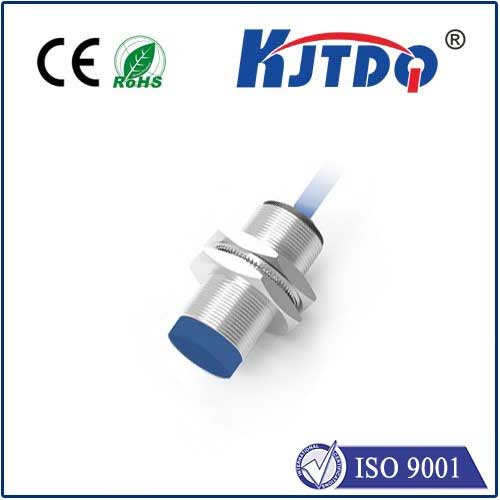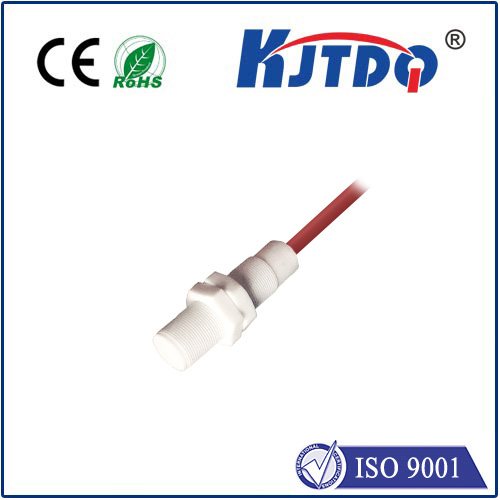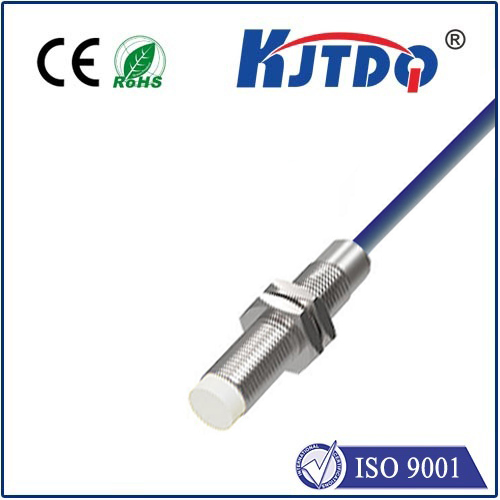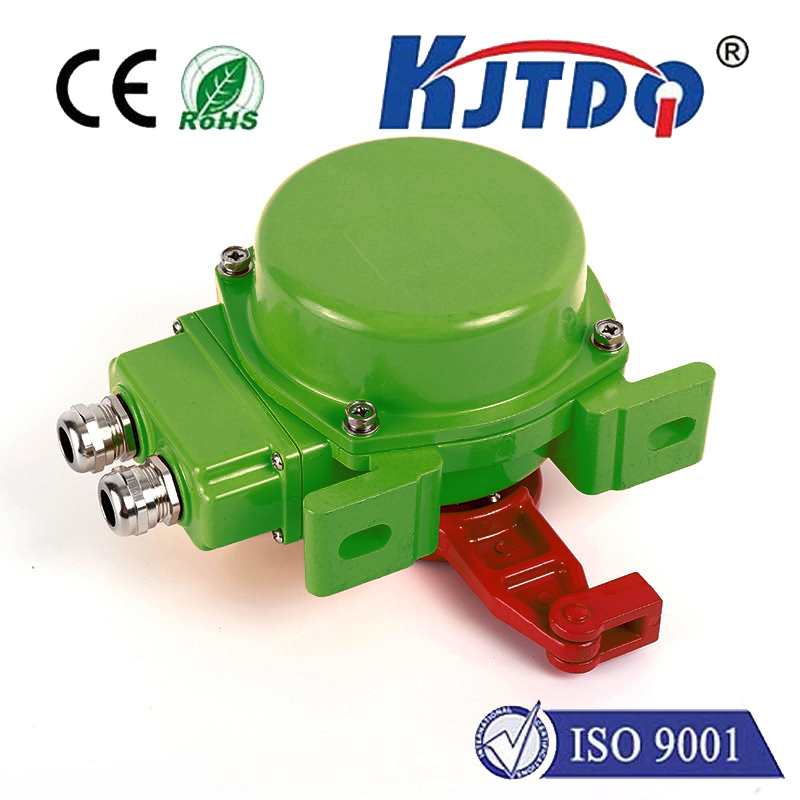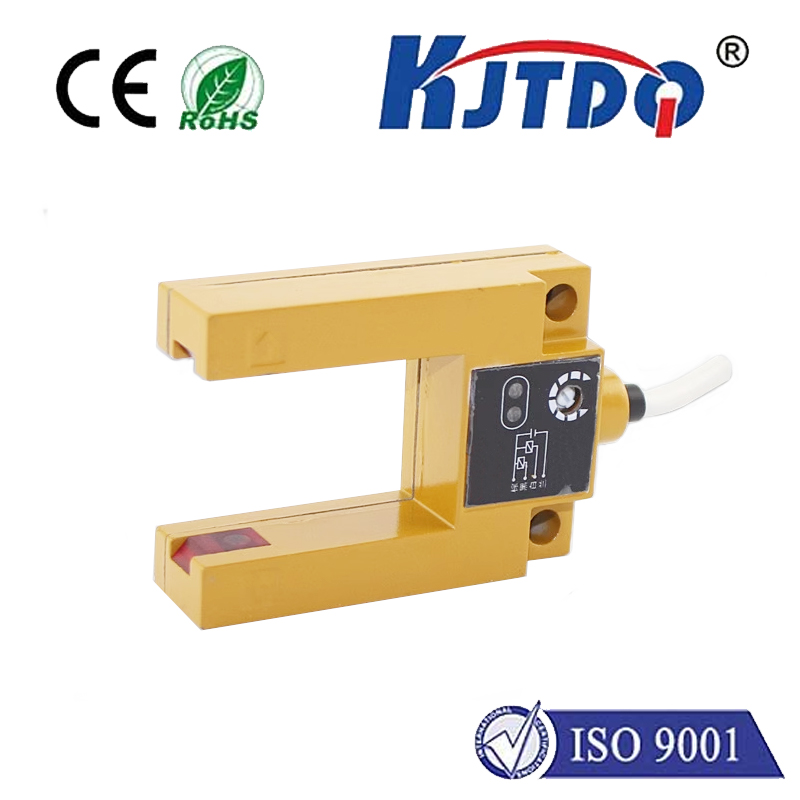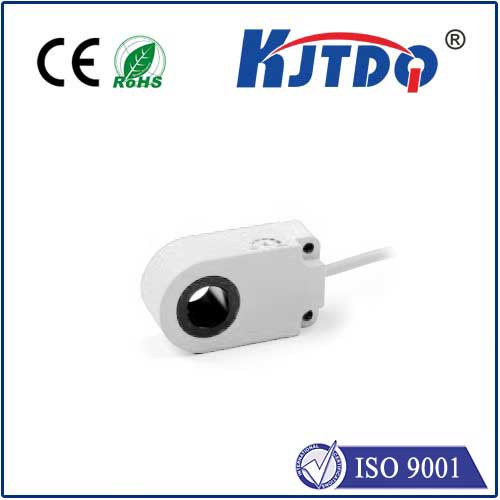pnp proximity sensor price
- time:2025-07-14 15:34:43
- Click:0
Decoding PNP Proximity Sensor Price: Factors, Ranges & Smart Buying Tips
PNP Proximity Sensor Price: What Factors Truly Drive the Cost?
In the intricate dance of modern automation, proximity sensors act like unseen guardians, ensuring machinery knows precisely when components are present or absent. Among these vital components, PNP proximity sensors stand out for their widespread use. If you’re searching for PNP proximity sensor price, you’re likely navigating procurement or an upgrade. But a simple price tag rarely tells the whole story. The cost of a PNP proximity sensor varies significantly based on a complex interplay of features, quality, and application demands. Understanding what drives these differences empowers you to make smarter, more cost-effective decisions for your specific needs, ensuring you get the right performance without unnecessary expenditure.
Why PNP Proximity Sensors? The Core Distinction
Before diving into pricing, a quick refresher is crucial. Proximity sensors detect nearby objects without physical contact, using electromagnetic fields, light, or sound. The “PNP” designation refers to the type of output transistor:
- PNP (Sourcing): When an object is detected, the sensor switches the positive voltage supply to the output line. Think of it as the sensor providing the positive voltage to the connected load (like a PLC input).
- NPN (Sinking): An NPN sensor, in contrast, switches the negative (ground) connection to the load.
This fundamental electrical difference means choosing PNP vs. NPN is critical for compatibility with your control system’s input circuitry. While both types exist, PNP sensors are often preferred in certain regions and applications, contributing to their widespread availability and broad pricing spectrum.
Unpacking the “PNP Proximity Sensor Price”: Key Cost Drivers
The price you pay for a PNP proximity sensor isn’t arbitrary. It reflects a combination of inherent features and manufacturing choices:
- Sensing Technology: This is foundational.
- Inductive: Most common for detecting metal (especially ferrous). Generally offer the most affordable entry point in the PNP proximity sensor market. Simpler designs keep costs down.
- Capacitive: Detect a wider range of materials (metals, plastics, liquids, wood) but usually command a higher PNP proximity sensor price due to more complex electronics needed for sensitivity adjustment and material differentiation.
- Ultrasonic: Used for longer ranges and detecting various materials regardless of color or transparency. The added complexity of sound wave generation/reception significantly increases the cost per unit.
- Photoelectric (Optical): Utilize light beams (visible, infrared) and come in variants (through-beam, retro-reflective, diffuse). Complexity varies, with long-range or high-precision models pushing the PNP proximity sensor price upwards.
Sensing Range: The maximum distance at which the sensor reliably detects an object. Larger nominal sensing ranges typically increase cost. Engineering sensors to maintain stability and accuracy over greater distances demands higher-quality components and tighter manufacturing tolerances.
Housing Material & Build Quality:
- Materials: Stainless steel housings (especially V4A/AISI 316L) offer superior corrosion resistance for harsh environments (chemical, food & beverage, marine) compared to nickel-plated brass or thermoplastic, resulting in a higher PNP proximity sensor price.
- Construction: Robust designs better able to withstand vibration, impacts, or high-pressure washdowns often involve more complex machining or sealing processes, adding to the manufacturing cost.
- Cable vs. Connector: Sensors with an integrated, fixed cable are often cheaper initially than those requiring a separate connector. However, connectors offer easier replacement if the cable is damaged.
Ingress Protection (IP) Rating: This critical rating defines protection against dust and water. Sensors requiring high IP ratings (e.g., IP67 for temporary immersion, IP68/IP69K for continuous immersion/high-pressure washdown) need sophisticated sealing techniques (multiple O-rings, special potting compounds), directly impacting the final price tag.
Performance Features:
- Switching Frequency: Sensors capable of detecting objects at very high speeds (kHz range) require faster electronics, increasing the component cost.
- Repeat Accuracy: Tighter tolerances for where the sensor triggers consistently demand higher precision manufacturing, often resulting in a premium PNP proximity sensor price.
- IO-Link Capability: Sensors equipped with this smart communication protocol (enabling diagnostics, parameterization, and advanced data exchange) are inherently more complex and carry a significant price premium over standard models.
- Output Configuration: While we’re focused on PNP, the specific output type matters:
- Basic PNP (NO/NC): Normally Open (NO) or Normally Closed (NC) are standard.
- NAMUR: Intrinsically safe sensors for hazardous areas are specialized and costlier.
- Analog Output: PNP sensors providing a variable analog signal (e.g., 0-10V, 4-20mA) instead of a simple on/off are more complex and thus more expensive.
- Brand Reputation & Support: Established brands with proven reliability, extensive global support networks, and longer warranties often command higher prices. However, this can translate to lower total cost of ownership through reduced downtime.
Navigating the PNP Proximity Sensor Price Spectrum
Given these factors, it’s impossible to state a single “PNP proximity sensor price.” However, we can outline typical ranges (excluding IO-Link & analog models) to set expectations:
- Basic Inductive PNP Sensors: Entry-level brass/nickel-plated brass housings, moderate sensing range (<5mm), IP67 rating can start as low as \(15 - \)25 USD per unit for bulk purchases on generic brands. More reputable brands might start in the \(25 - \)50 USD range.
- Standard Industrial Grade Inductive: Robust nickel-plated brass or stainless steel housings, reliable sensing ranges (5-15mm), IP67/68, from reputable manufacturers typically fall in the \(50 - \)150 USD range. This is the most common bracket for general automation.
- High-Performance/Specialized Inductive: Extended sensing ranges (>15mm), high switching frequencies, extreme temperature tolerance, special approvals (ATEX for hazardous areas), or exotic materials (e.g., specific food-grade stainless alloys) can push the PNP proximity sensor price well into the \(150 - \)500+ USD range.
- Capacitive PNP Sensors: Due to complexity, expect these to start slightly higher than comparable inductive sensors, often in the \(40 - \)200+ USD range, scaling significantly based on material sensing ability, range, and housing.
- Ultrasonic & Photoelectric PNP Sensors: Start notably higher than inductive. Basic photoelectric models might begin around \(50 - \)100 USD, but ruggedized, long-range, or high-precision variants easily reach \(200 - \)1000+ USD. Ultrasonic sensors generally start in a similar bracket or higher.
Strategies for Optimizing Your PNP Proximity Sensor Price
Finding the right sensor and price requires strategy:
- Define Needs Precisely: Crucially, list the absolute minimum requirements: Required sensing technology, minimum sensing range, operating environment (IP rating, temperature, chemicals), mounting constraints, necessary performance (speed, accuracy), and output type (simple PNP NO/NC suffices?). Avoid overspecifying.
- Explore Tiered Brands: Investigate reputable second-tier manufacturers offering quality sensors with competitive **PN











